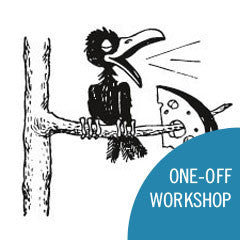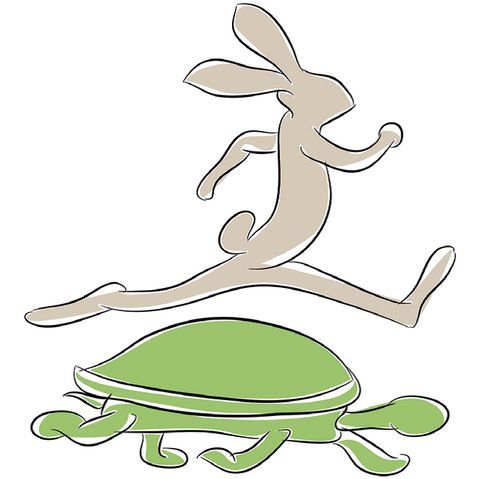
Using TV and movie forms
£14.95
This scheme of work is about teaching style, structure and presentation. The aim is to give students access to a variety of presentational forms that they can learn in KS3 and then incorporate in their devised work, particularly in the upper school. Many students will have seen a pantomime; a few will have seen a musical but most will never have seen a play performed live. Yet, for most students, drama is one of the most important and influential art forms in their lives; they watch it endlessly on TV and at the cinema. What relationship does the drama they see on TV and at the cinema have with the drama that is explored in school drama lessons? Some drama teachers will argue that film and TV drama is somehow different to the drama that takes place in the classroom or the theatre – it isn’t. Only the form in which the drama is presented is different. Consider the difference between painting and video art – again it’s the same process, only the form is different. Clearly we cannot replicate film and TV drama in the school studio. However, we can borrow some of the presentation and narrative structures used by film and TV and use them to create interesting and stylised theatre.
The still image or ‘freeze frame’ is a term that we have already borrowed from film-making. Quite often we ask students to make a still picture or freeze-frame but I’ve often wanted something more; a few moments of action and dialogue. So if we can borrow the term ‘freeze frame’ maybe we can also borrow the term ‘film clip’ and turn it into a ‘drama clip’, for example 15 seconds of live action and dialogue.
An interesting TV form is the prologue; that section at the beginning of an episode of a TV drama series where they recap the previous episode in one minute; it is in effect a succession of clips. Running some drama clips together creates ‘prologue theatre’ which makes an interesting and stylised approach to narrative. There are other presentational structures that can also profitably be borrowed, such as the TV advert and the movie trailer, and these can lead us to theatre forms that are almost Brechtian. They are also structures that will
generate physical theatre so you should follow Berkoff’s example and ban chairs from the work.
And it is impossible to write a scheme of work about TV forms and not include something about soaps, given the part they play in the lives of young people. The last lesson in this scheme of work focuses on devising an instant soap.
The time guidelines in the scheme are simply estimates. It is better to give the students enough time to complete the task well (and even to repeat a task if they don’t master it the first time) rather than rushing to
keep to the indicated times. The lesson can always be picked up next time.
Also included are some supplementary lessons. The aim of these is to suggest more ways in which the presentational structure might be used, so that the teacher can modify and use the structure as part of other
lessons.
Learning objectives:
- To learn what a freeze frame is and to devise a freeze frame in a group
- To understand that the visual impact of a freeze frame should be focused on the audience
- To understand that a freeze frame needs to be as carefully framed as a painted picture or a professional photograph
- To learn what a drama clip is
- To devise a drama clip in a group
- To take a piece of text and to turn it into a short piece of drama
- To look briefly at how prologues are used to recap the plot of TV drama series
- To learn a presentational structure – prologue theatre
- To use the drama clip and freeze frame in a particular context
- To devise a piece of prologue theatre in a group
- To select the main facts from a story and to turn them into a short piece of drama
- To look briefly at the structure of TV adverts
- To learn the words ‘strapline’, ‘slogan’ and ‘jingle’
- To learn a presentational structure – in this case, advert theatre
- To devise a piece of advert theatre in a group
- To select positive ideas and outcomes about a product and to communicate these to an audience
- To look briefly at the structure of film trailers
- To learn a presentational structure – in this case, movie-trailer theatre
- To devise a piece of movie trailer theatre in a group
- To select the main points of a story and to present these in a way that will promote the story and interest the audience
- To learn about the origin of soaps
- To learn a little about the structure of soaps
- To devise a short section of a soap opera.
Number of lessons: 6


